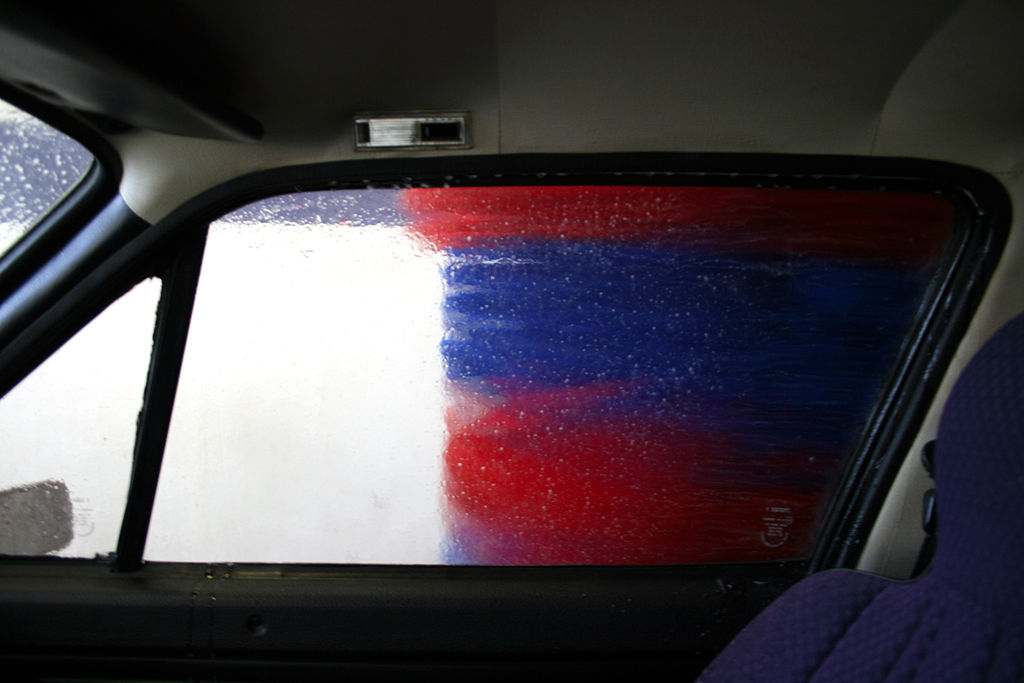This collection will introduce you to a number of key contemporary Irish women poets in the twenty-first century. It will focus on Irish women’s poetry through the work of three leading poets – Eavan Boland, Sinéad Morrissey and Colette Bryce – and their impact on a new generation of women poets emerging over recent years.
The changing fates of Irish women’s poetry
It is remarkable to consider how far Irish women’s poetry has travelled in the past few decades. In the 1980s, there was little awareness of Irish women writers in literary circles and few were included in anthologies. The publisher Arlen House made a major contribution to promoting women’s literature through the establishment of the Women’s Education Bureau (WEB) and through organising workshops around the island with facilitators such as Eavan Boland who worked with women to develop their own writing voices.
Salmon Poetry, established by American poet Jessie Lendennie in 1981, published the first collections of a number of women writers who would gain prominence in later years, for example Rita Ann Higgins, Mary O'Malley, Moya Cannon and Mary O'Donnell. In the 1990s, activists such as Denis Collins and Anne Heffernan continued to promote women’s writing through the Women’s Work anthologies and through the National Women’s Poetry Competition, and towards the end of the decade Salmon published The White Page, a major anthology of women’s poetry edited by Joan McBreen, partly in acknowledgement that women continued to face barriers in being published elsewhere.
But by the early decades of the twenty-first century, there were fewer and fewer visible barriers to women who wished to write and publish, and it would be fair to say that, in 2024, the current environment for women poets on the island of Ireland is flourishing. This is partly due to an improved infrastructure of funding – The Arts Council (An Chomhairle Ealaíon) and the Arts Council of Northern Ireland both have generous bursary schemes and, in addition, there is financial support for mentoring schemes and writers’ residencies. The number of publishing outlets has increased exponentially – the arrival of the internet has created far greater opportunities for writers to be published, or indeed to establish their own magazines and poetry presses. So it should be no surprise that younger women poets are both numerous and thriving.
(1).jpg)







Rate and Review
Rate this article
Review this article
Log into OpenLearn to leave reviews and join in the conversation.
Article reviews